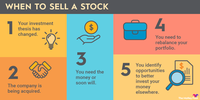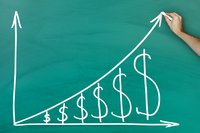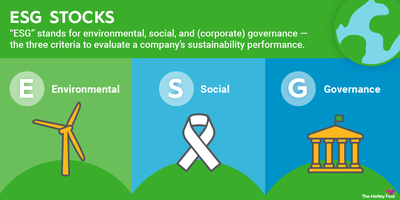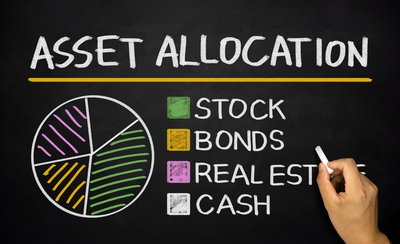How many stocks do you really need in your portfolio? Although there certainly isn't a single answer to this question, there are some good ways to go about arriving at a number that's right for you. Let's try to answer the question of how many stocks you should own.
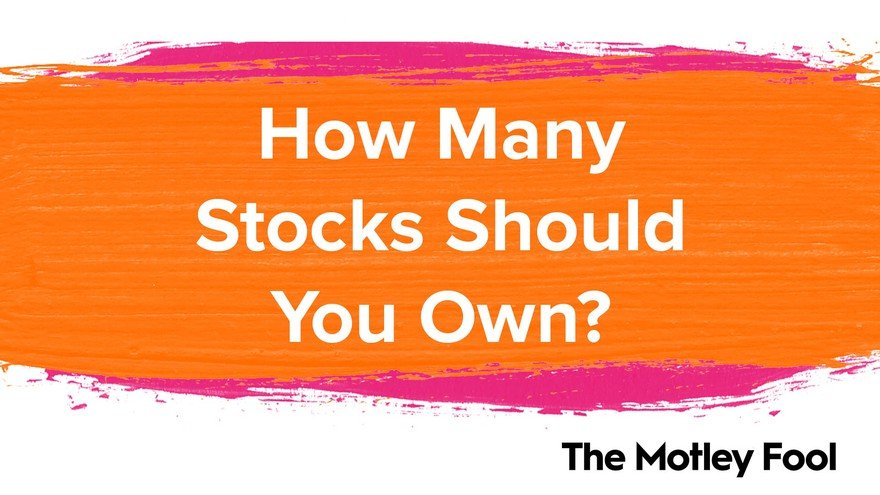
How many different stocks should you own?
The average diversified portfolio holds between 20 and 30 stocks. The Motley Fool's position is that investors should own at least 25 different stocks. Diversifying your portfolio in the stock market is a good idea for investors because it decreases risk by ensuring that no single company has too much influence over the value of your holdings.
Owning more stocks confers greater stock portfolio diversification, but owning too many stocks is impractical. The objective is to diversify while still thoroughly understanding why you've invested in each of the stocks in your portfolio.
Should you add to existing stock holdings or diversify?
The answer to this question depends on several different factors, including your investing time horizon, risk tolerance, current portfolio diversification, and tax status.
If your individual stock holdings are not well-diversified, then buying new stocks is probably your best option. If you're adding to a diversified portfolio, then you can:
- Increase your investment in each existing stock in your portfolio by the same amount.
- Increase your exposure to the stocks in your portfolio that you like the most.
- Further diversify your portfolio by purchasing additional stocks.
None of these options is categorically better than the other. Further diversifying your holdings can be a solid choice provided that you have the capacity to oversee an even broader portfolio.
Large vs. small portfolio size
Whether your portfolio holds a large or small number of stocks, there are both benefits and drawbacks:
| Portfolio Size | Advantages | Disadvantages |
|---|---|---|
| Large (many stocks in portfolio) |
High diversification reduces risks, including company-specific and sector risks. Relative protection against large losses. Potential opportunities for tax-loss harvesting. |
Can be cumbersome to manage. Making many stock purchases can be costly, depending on your broker. Requires more time and energy to maintain. |
| Small (few stocks in portfolio) |
Outperforming stocks can have a greater impact on your portfolio's value. Your best ideas are more likely to be prominently featured. Administratively easy to manage. |
Lack of diversification creates potential for severe losses in your portfolio's value. Increased company-specific, sector, and geographic risk. Fewer opportunities to capture stock appreciation upside. |
Benefits of portfolio diversification
Diversifying your portfolio is one of the best things you can do to lower the overall risk of your holdings. Diversification removes non-systemic risk, leaving only the overall risk of investing in the stock market.
Well-diversified portfolios, which are ideally diversified across companies, industries, and geographies, tend to consistently gain value over time. They are also less volatile. The failure of any one company, the decline of any industry, or poor economic conditions in any single geographic area are offset by the gains of other holdings in a diversified portfolio.
While diversifying your portfolio is recommended, owning a large portfolio of stocks can be unappealing for several reasons. Aside from the administrative burden and possibility of high trading fees, you may not want to have to choose individual stocks. Buying shares in an exchange-traded fund (ETF), which holds a collection of stocks, can be an excellent option that gives you instant diversification. Some ETFs hold hundreds of stocks in their portfolios.
Related investing topics
How many stocks should you own with $1K, $10K, or $100K?
While you might think that the amount of money you have to invest should directly affect how many stocks you own, the decision of how many different stocks to buy is -- ideally -- still largely driven by other factors.
Diversifying your portfolio is crucially important no matter how much money you are investing, although if you only have $1,000 available, then buying 20 to 30 stocks is likely too cumbersome and time-consuming. Even with $10,000 or $100,000 available, you may decide to diversify by just investing in mutual funds or ETFs. Regardless of how much money you have to invest, the number of stocks you own should be commensurate with the amount of research you are willing to conduct.
How much of my portfolio should be in individual stocks?
There are several different schools of thought on this issue. For investors who believe in a pure, buy-the-market-and-hold approach, the answer would be zero. Individual stocks carry unsystematic risk (otherwise known as "company-specific" risk), which make them inherently riskier than the market as a whole. What's more, it's relatively unlikely that you'll make investment choices that consistently beat broad-market indices over time.
If you do choose to hold individual stocks, you'll want to ensure that the share of individual stocks you own lines up with your broader asset allocation. In other words, if you've determined (based on your risk tolerance and investment time horizon) that your optimal asset allocation is 70% stocks and 30% bonds, you'll need to make sure that no more than 70% of your portfolio is invested in individual stocks.
Assuming you do go down the road of picking individual stocks, you'll also want to make sure you hold enough of them so as not to concentrate too much of your wealth in any one company or industry. Usually this means holding somewhere between 20 and 30 stocks unless your portfolio is very small. No matter the size of your portfolio, however, diversification has to be a part of the conversation.





